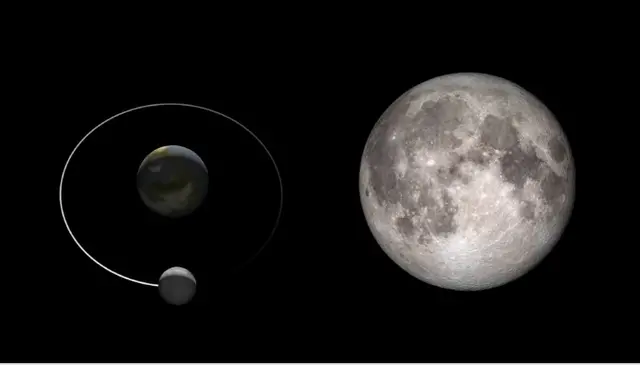On December 1, 2013, China launched the CHANG’E 4 lunar probe from Xichang Satellite Launch Center. Two weeks later, China became the third nation to successfully land on the surface of the moon.
It was the first soft landing on the Moon since the Soviet Union’s Luna-24 mission in 1976.
China’s CHANG’E 4 Moon mission, scheduled for 2018, plans to add another first to the history of lunar exploration: the far side.
What is the Far Side?
Contrary to common belief, the far side of the Moon is not the same as the dark side. The Moon is tidally locked, which means one side is always facing Earth… While the other side always faces away. This is the far side, which we cannot see directly from Earth.
In addition to landing on the far side of the Moon, there are other unique goals for CHANG’E 4.
Moon Radio
The CHANG’E 3 Yutu rover on its 2013 mission to the Moon. The far side of the Moon is free enough from Earth’s radio interference that it may be able to detect a wider range of signals originating from outer space.
Since their discovery, radio waves have been one of the most effective ways to observe the known universe. Frequencies from outer space allow us to visualize energy and matter throughout the universe.
But because of Earth’s own radio transmissions and interference from the atmosphere, there is a wide range of frequencies that cannot be detected from Earth – or its satellites.
Radio signals originating from Earth and interference from the ionosphere may be preventing astronomers from collecting the full spectrum of frequencies originating from space.
Because the Moon physically blocks radio signals coming from Earth, the far side may be an ideal place for CHANG’E 4 to detect a wider range of frequencies from outer space.
Moon Farming
In the 2015 movie “The Martian”, Matt Damon plays a stranded astronaut who survives 4 years on Mars by creating a makeshift potato farm.
Matt Damon in 2013’s “The Martian.”
In the realm of non-fiction and a different celestial body (the Moon), China hopes to plant some seeds of their own. CHANG’E 4 plans to deliver a mini-ecosystem of potatoes, mustard seeds, and silkworms to the surface of the Moon.
To keep the system habitable under the Moon’s extreme conditions, a special aluminum container will manage insulation and circulation control.
A photo of the barren moonscape captured from China’s CHANG’E3 in 2013. The upcoming CHANG’E 4 mission will deliver a mini-ecosystem to the surface of the Moon.
This ecosystem will explore the growth of plants and animals on the Moon. It may also provide insights on creating food for future space missions.
CHANG’E 4 is due to arrive on the far side of the Moon sometime in 2018.
 简体中文
简体中文

